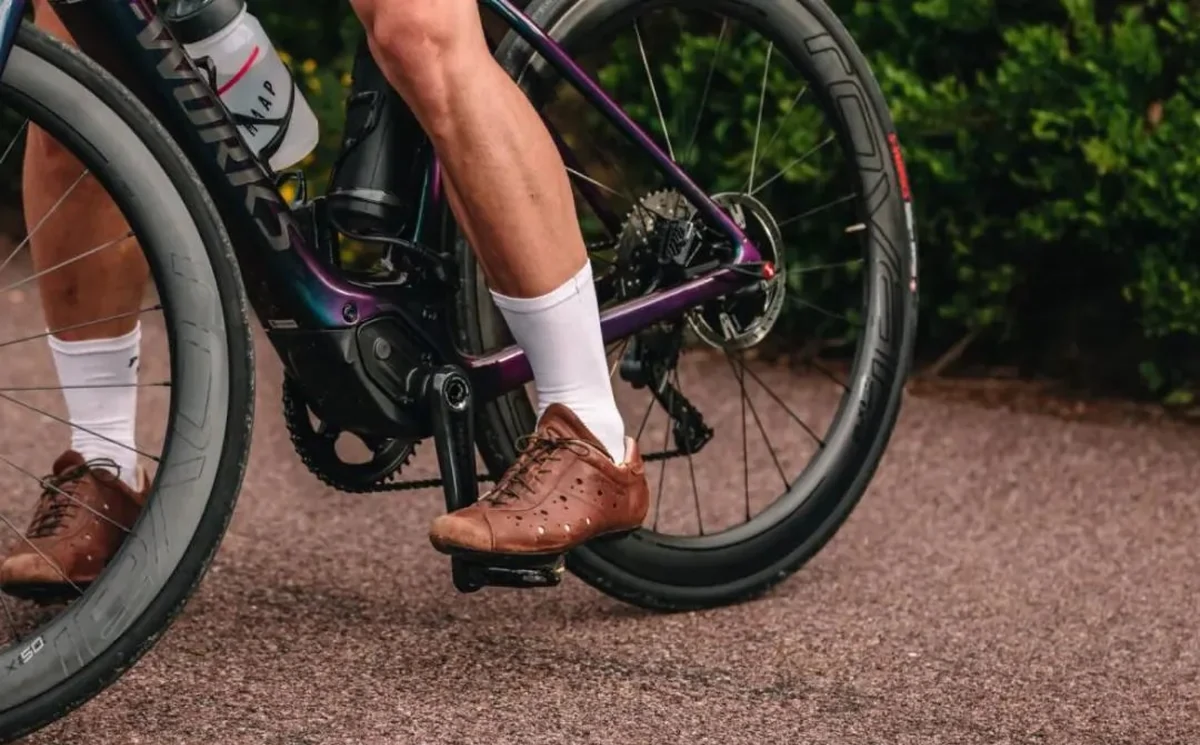With the popularization of electric vehicles, hub motors as a new type of motor layout have reduced the traditional transmission system and improved energy utilization efficiency by being integrated inside the wheels. However, this design also brings an important issue that cannot be ignored, which is unsprung weight. When it comes to unsprung weight, many people's first reaction is that it is one of the main problems in the development of hub motors. Due to being integrated inside the wheels, hub motors make the wheels heavier compared to other vehicles, increasing the vehicle's rotational inertia and potentially affecting the driver's control over the vehicle. When the unsprung weight is low, the vehicle's suspension will be more flexible, allowing riders to easily change the vehicle's motion state, and the shock absorber spring and shock absorber cylinder can quickly dissipate the vibrations generated by the suspension movement. Therefore, over the years, some research on hub motors has mainly focused on reducing the unsprung weight of hub vehicles.

Unsprung weight refers to the weight on the wheels and suspension system that is not supported by the suspension system, which can affect the handling and comfort of the vehicle. In-wheel motors, the motor and battery are typically mounted on the wheels, increasing the weight of the wheels and thus the unsprung weight. The increase in unsprung weight requires the suspension system of the vehicle to exert greater force to support it, reducing the flexibility of the vehicle's suspension system and affecting its handling. Additionally, the increase in unsprung weight also increases the vehicle's rotational inertia, making acceleration and braking more difficult and affecting the vehicle's performance.
To address this issue, we can make improvements from multiple aspects. Firstly, we can reduce the weight of the wheels and motors by using lightweight materials. For example, we can manufacture wheels and motors using carbon fiber, advanced alloys, and composite materials, which have lower density compared to traditional metal materials, thus reducing the weight of the wheels and motors.
Secondly, we can reduce the unsprung weight by optimizing the design of the motor and vehicle. For example, we can reduce the weight of the motor by redesigning its structure, or reduce the unsprung weight of the vehicle by redesigning the suspension system.
Finally, we can also reduce the weight of the suspension by using some new technologies. For example, we can use some new materials to manufacture wheels and motors, which can reduce weight while maintaining strength. Or we can use some new manufacturing techniques to produce wheels and motors, which can reduce weight while maintaining strength.
Overall, the issue of unsprung weight is an important problem for electric vehicles, and solving this problem requires improvements from multiple aspects. By using lightweight materials, optimizing design, and utilizing new technologies, we can effectively reduce unsprung weight, thereby improving the handling and performance of electric vehicles.
Leave A Comment